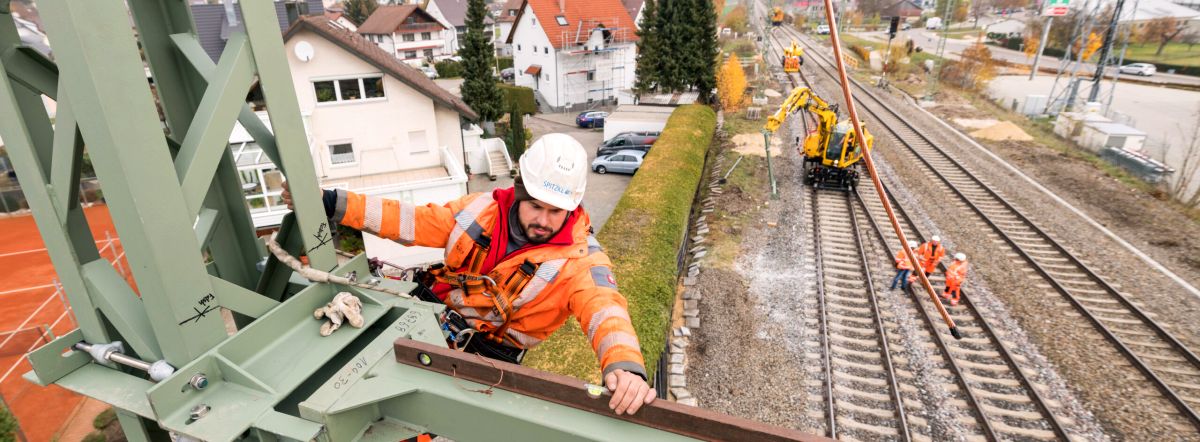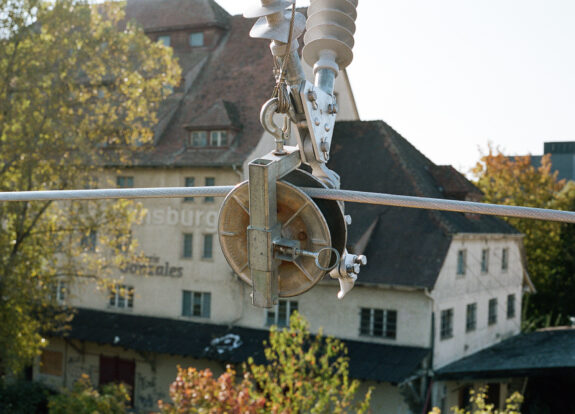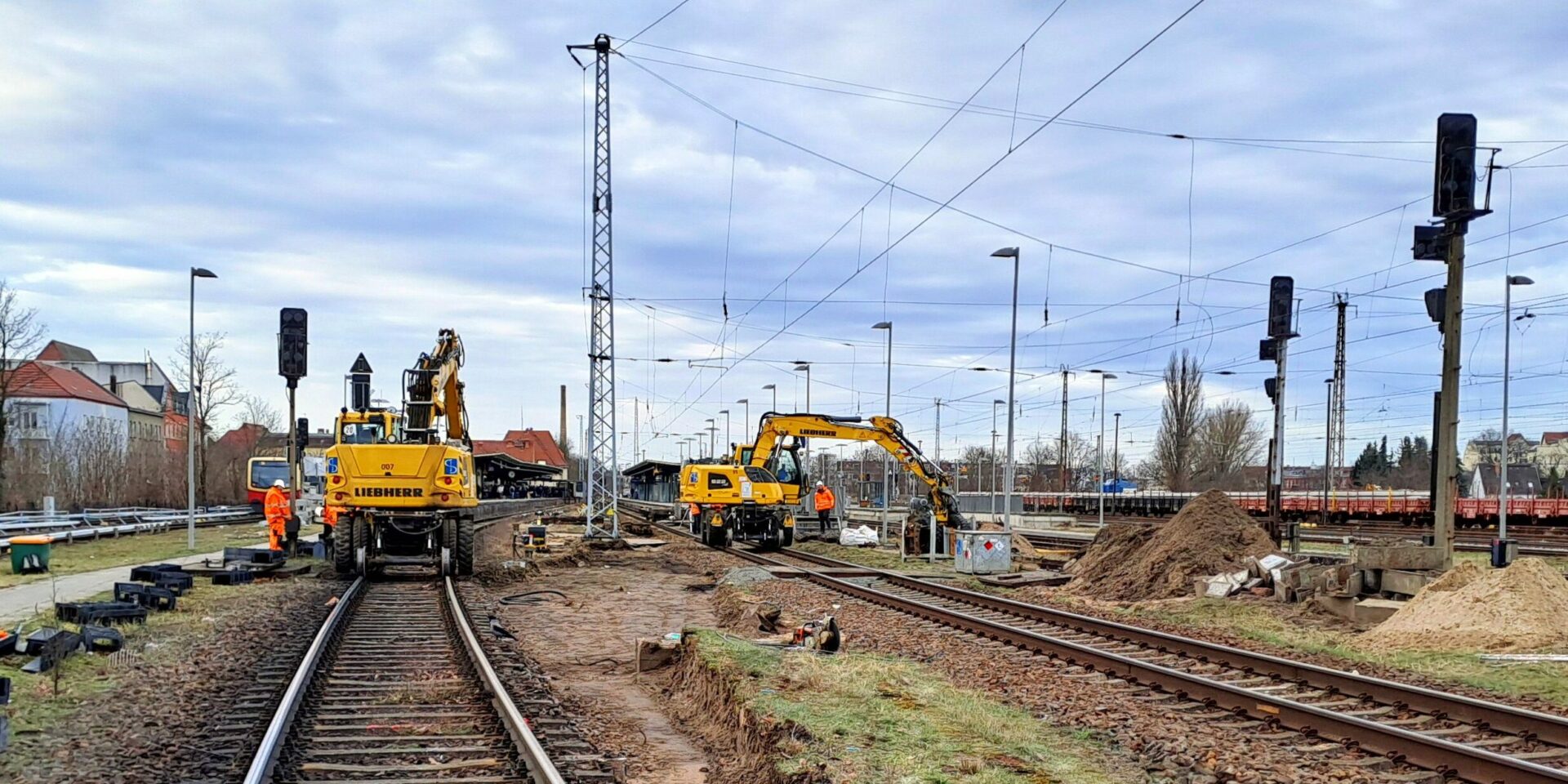
Electrification of the Suedbahn – A Successful Project Draws to a Close
The tender for the electrification of the Suedbahn revealed a project with an immense scope. Four years later, this major project was completed extremely successfully and on schedule. The first electrified trains will commence regular service after the timetable change on December 12th.
On Monday, Baden-Württemberg’s Minister President Winfried Kretschmann and the Railway Infrastructure’s Chairman Ronald Pofalla symbolically rang in the commissioning of the southern railway together with Andreas Brand, the mayor of Friedrichshafen, Winfried Hermann, Baden-Württemberg’s Minister of Transport and – digitally – with Andreas Scheuer, the former Federal Minister of Transport.
The major project, electrifying the Suedbahn, began for SPITZKE on December 13th, 2017. On this day, the client, the Deutsche Bahn, signed the contract. Then, the specific planning began for the railroad infrastructure company SPITZKE. Initially, the contract was limited to the TEH 1 and 2 construction sections. This was later followed by the next contract award for the TEH 4 section and then finally also for the TEH 3. This meant that the realization of the overhead contact lines was left solely in SPITZKE’s hands. Every individual section was a major project. On the whole, the Suedbahn project was correspondingly complex.
Tight total closures were a challenge
The predetermined total closures were tight. On the one hand, the entire line couldn’t be closed at the same time, and on the other hand, the Suedbahn is used extensively by locals and tourists – especially during holidays. In addition, noise was not allowed at night – the foundation crews from the subsidiary Leer could only work in single shifts.
Time was a deciding factor for the electrification of the Suedbahn
As often occurs, time was the decisive factor for success. Therefore, planning played a special role. The entire project had to be considered differently. The processes between the various operations of the rail infrastructure company were strongly optimized. This was the only possibility to electrify the Suedbahn on schedule. This included demand-driven storage which helped prevent material bottlenecks and avoiding long supply chains. This was accomplished with in-house production, e.g. the concrete masts were manufactured within the Group at SPITZKE FAHRWEGSYSTEME GmbH, and the steel masts came from MuR-Stahlbau GmbH.
Credit is due to the entire SPITZKE team
“The bottom line is that we managed the project well in a very short time thanks to the commitment of the entire team”, said SPITZKE SE’s main project manager. Everyone involved helped guarantee our success. Everyone contributed to the success of the overall project. This includes not only the overhead line teams, but also other departments and subsections of the railroad infrastructure company. The foundation crews from Leer took on a large volume of work. In addition to the piled foundations, the many concrete foundations (block, stepped and quiver foundations) as well as the foundation caps on pile-driving pipes were all a challenge.

The subsidiary Buchloe was responsible for coordinating the logistics – a major effort especially regarding staffing. The Buchloer track team also had its own contracts for upgrading the tracks and also assisted with building single-track stations for OLA (overhead line systems) technology.
In addition to the catenary experts, the equipment/electronical engineering department and the teams from control and safety technology and telecommunication also played key roles. The major project/engineering department worked in Friedrichshafen and Aulendorf on platform modifications. The track was secured by the client. However the WSO GmbH (warning and security systems organization) supported the Suedbahn team with their expertise. The traction-current department also helped with the laying of 15 kv lines.
Electrification of the Suedbahn
The size of the construction project for electrifying the Suedbahn is best expressed in numbers (rounded):
- 4,000 foundations
- 310 km of catenary
- 200 steel masts
- 700 concrete masts
- 150 km supply line

